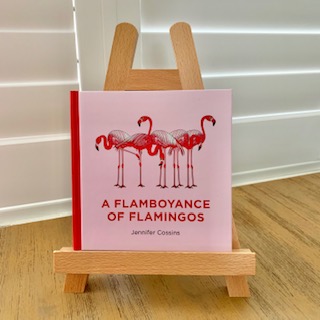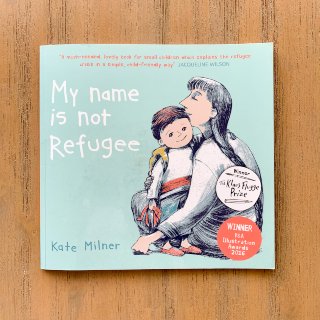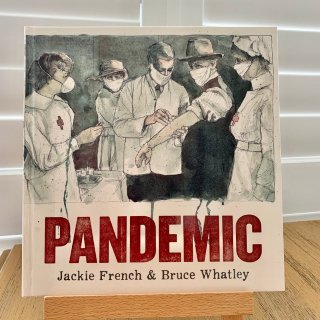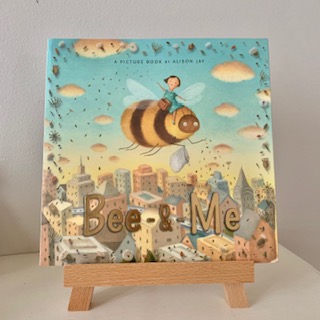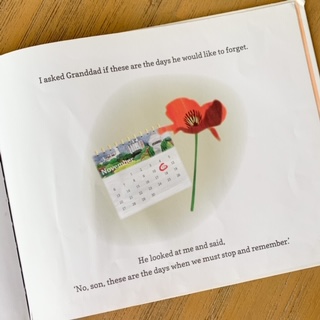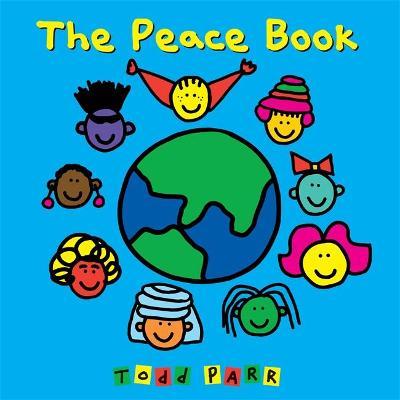Pandemic
Free lesson plan, writing template and printable word-search puzzles for kids
Best suited to:
K – Year 6
KLAs covered:
English (narrative, personification), history, PDH (empathy, staying healthy, caring for ourselves and others)
Learning:
- how a virus spreads;
- how the Spanish flu affected Australians from 1918 on;
- how children helped during the Spanish Flu epidemic;
- what life was like in Australia in 1918;
- pandemics have happened before. They eventually end;
- what are the similarities and differences between a pandemic in the past and the COVI-19 pandemic in 2020?
Need to know:
- a book about the way the Spanish Flu pandemic played started, played out and ended in Australia, starting in 1918;
- the text focuses closely on the ways Australian children helped their communities during the pandemic;
- beautiful muted, water-colour illustrations have an old-world feel;
- based on the true story of Jackie French’s grandmother’s experiences in northern NSW during the 1918 pandemic;
- the book is about kindness and it’s overall message is one of hope;
- a perfect springboard for talking with children of all ages about the 2020 COVID-19 pandemic;
Discussion Questions (before reading):
- discuss the cover: what is a pandemic? What do you think this story will be about?
- children will want to discuss their experiences of the current, 2020 pandemic. Allow some discussion but limit it to a few minutes so it doesn’t go on for too long;
- tell children there was a pandemic in the world 100 years ago and that this book is about what happened in Australia during that pandemic;
- activate prior knowledge: invite children to share what they think life was like in Australia 100 years ago. Did computers exist? TV? What did children wear and do?
- draw children’s attention to the author and illustrator. Do they know any other books by Jackie French and/or Bruce Whatley? (they collaborated together on the Diary of a Wombat books);
- tell children this story is a true story about the things Jackie French’s grandmother and her friends did during the 1918 pandemic;
Discussion Questions (after reading):
- ask children what they thought about of the book. Did they like it? Not like it? Why?
- how did the story make them feel? Sad? Hopeful? Happy?
- invite the children to share their favourite parts of the story and why they liked them;
- did the story remind the children of anything in their own lives? (text-to-self and text-to-world connections);
- what are some of the similarities and differences between what happened in the story and what is happening/has happened in 2020 during the COVID-19 pandemic? Discuss how people communicated that someone in their household was ill with the virus; wearing masks; isolation; people wanting to help one another; the ways in which people helped/are helping. Record answers on the class whiteboard;
- why do you think the author wanted to write this story? What do you think is her message?
- older children (Years 3-6): show the children the second double-page spread which begins The Flu crept … On this page, the author uses personification to make her writing more interesting (the flu, faces and doors are described as doing things as if they were people). Read the text and ask the children if they can describe the literary technique being used. Discuss the effect this has. Does it make you think of the flu as a sinister creature, creeping around, trying to hurt people by making them ill?
- read and discuss Jackie French’s comments about the book which appear on the final page. Does knowing that the story was based on real events and the things real children did change how you feel and think about the story? How and why do you think this is?
- discuss the illustrations: what do you notice about the illustrations/can you describe the illustrations? How do you think they were done? (outlined, subdued/muted colours, watercolours). Why do you think the illustrator chose to draw the illustrations in this way? Do you think the illustrations go well with the text?
- read and discuss Bruce Whatley’s comments about the illustrations which appear on the final page;
Activities
All ages:
- children write and/or draw a response to the story;
- children complete a wordsearch using vocabulary from the story;
- children use the vocabulary in the wordsearch to write sentences about what happened in the story;
- sequencing activity: children retell the story using a sentence or paragraph for the beginning, middle and end of the story;
- children write a book review, describing what they liked and what they didn’t like about the story;
- children write and/or draw about how the story made them feel: happy, sad, hopeful or some combination of emotions. They may like to use the sentence starters: I felt happy when … I felt sad when … I felt worried when …
Years 3 – 6:
- in pairs, children create a Venn diagram showing some of the similarities and differences between the Spanish Flu pandemic and the COVID-19 pandemic in 2020-21;
- children imagine they are a child during the time of the Spanish Flu and write a letter to a friend describing what their life is like. Are they sick with the flu? Are they quarantined at home because a family member is ill? Are they well and working with their friends to help other people?
Your free, printable word-search puzzles and writing template
These free, printable word-search puzzles for kids are great for building and reinforcing the vocabulary used when discussing Pandemic. They’re especially helpful for EAL/D students.
There are three different puzzles in this file to enable you to differentiate the activity according to the learning needs of your students.
Download and print our free writing template for use with the picture book Pandemic here (PDF).


